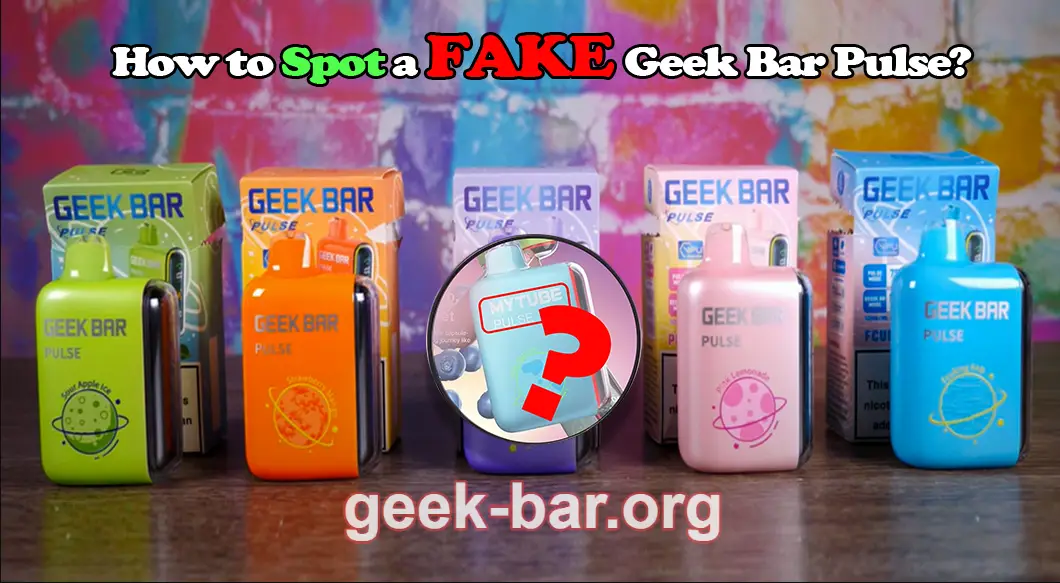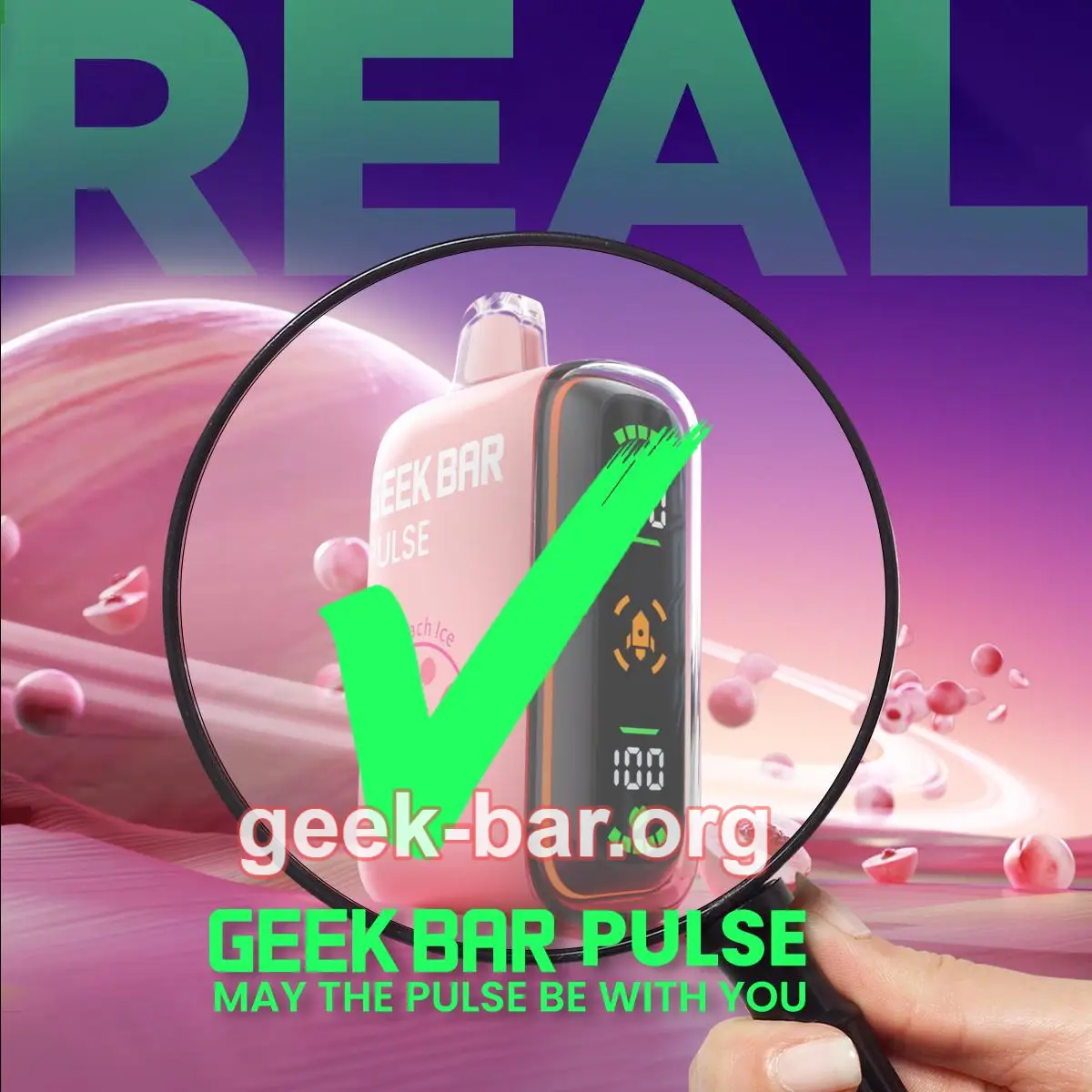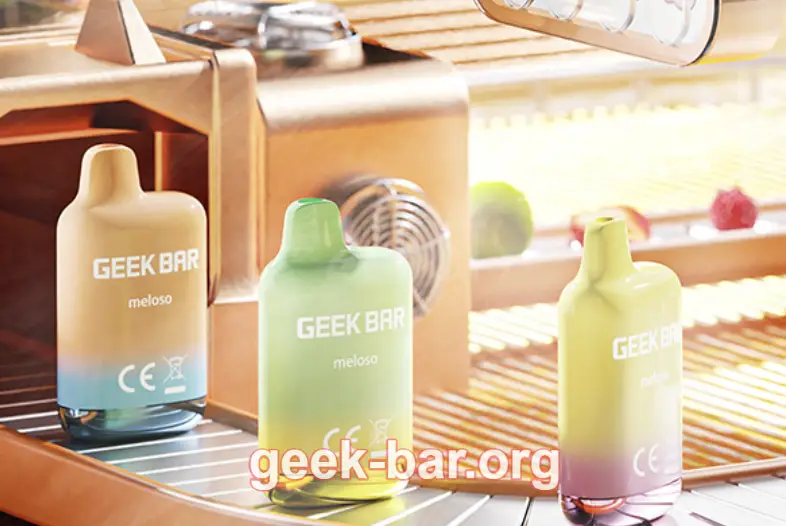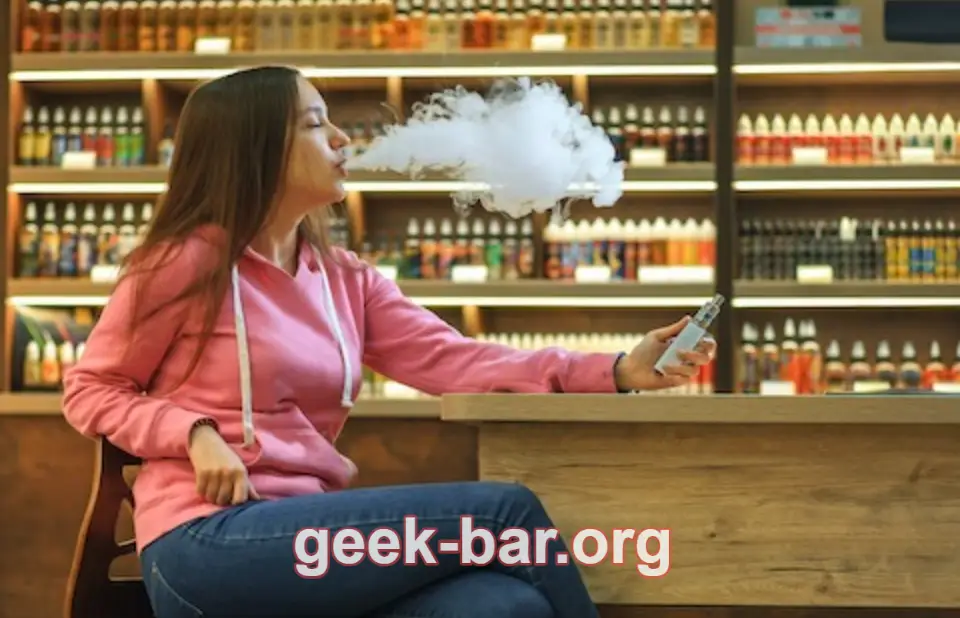The Rise of Counterfeit Vapes in Europe’s Vape Market: A Growing Concern
In recent years, the European vape market has witnessed explosive growth. Vapes, once a niche product, have now become a mainstream alternative to traditional tobacco products. For many smokers, vapes offer a healthier way to satisfy their nicotine cravings without the harmful side effects of tar and carbon monoxide found in combustible cigarettes. However, this surge in popularity has also led to a disturbing trend: the proliferation of counterfeit and unsafe vape products flooding the market.
The Dangers of Counterfeit Vapes
Recent independent testing of illegal vapes bought in the UK has raised serious alarms about their safety. These rogue products have been found to contain dangerously high levels of toxic metals like lead, nickel, and chromium—sometimes up to 10 times higher than the safety limits set by health authorities. The risks these products pose to consumers are not just theoretical; reports from Hampshire have revealed that a small number of students required hospitalization after using vapes laced with dangerous additives. This is not an isolated incident but a growing problem that threatens public health.
Allen Yang, CEO of GEEK BAR, one of the leading brands in the global vape industry, has been outspoken about the dangers posed by illegal vapes. He emphasized the importance of consumers knowing the difference between compliant, safe vapes and potentially deadly counterfeit products. According to Yang, “It’s clear that there are illegal products on the market right now that haven’t been subjected to any safety checks, and they could lead to serious illness for unsuspecting consumers.”
Consumers need to be extra cautious when purchasing vapes, particularly when buying from unregulated sources. If you’re buying from “under-the-counter” vendors or suspicious online sellers offering deals that seem too good to be true, it’s a red flag. The lack of oversight means that these products might not just be ineffective, but downright dangerous.
GEEK BAR’s Commitment to Quality and Safety
As one of the world’s largest vape manufacturers, GEEK BAR is committed to ensuring that its products meet the highest standards of quality and safety. The company recently invested over £120 million to build a new, state-of-the-art, 95% automated factory. This facility uses cutting-edge technology to ensure that every vape product that leaves the factory is safe for consumers.
Despite the growing presence of counterfeit vapes on the market, Yang assured consumers that GEEK BAR takes every possible step to ensure that its products are genuine. “All of our products undergo the strictest quality control tests throughout the manufacturing process,” Yang said. “We take extra care to make sure that consumers can be confident they’re purchasing a legitimate GEEK BAR Vapes device from our trusted retail partners.”
Yang also warned of the risks posed by counterfeit manufacturers who use the GEEK BAR name to sell fake products. “Unfortunately, as vaping continues to gain popularity, it attracts unscrupulous figures who are more than happy to sell dangerous, counterfeit products that put anyone who uses them at serious risk,” he added. GEEK BAR’s parent company, GEEKVAPE, recently shut down a major counterfeit operation in the Philippines and has a team of lawyers ready to act globally to prevent further imitation products from hitting the market.
Calls for Stricter Regulation
Yang’s concerns are echoed by the UK’s vaping industry, which has been calling for stricter enforcement of existing laws. The UK Vaping Industry Association (UKVIA) has proposed that individuals caught selling illegal vapes, or selling vapes to minors, be fined up to £10,000. This proposal is part of a broader push to ensure that the country’s vaping market remains safe and well-regulated.
In addition to the financial penalties, a licensing system is being discussed to provide funding for better enforcement of the Tobacco and Related Products Regulations (TRPR). This would allow regulators to better monitor and restrict misleading packaging, including designs that might appeal to children, a demographic that has raised concern among health officials.
The Boom of the Vape Market in Europe
The European vape market is on track for massive growth. In 2023, the market is expected to be worth approximately $11.45 billion, with a projected compound annual growth rate (CAGR) of 12.9% through 2028, bringing the market size to over $21 billion by the end of the forecast period.
This growth is being driven by a variety of factors, including increased consumer interest in vaping as a safer alternative to smoking. Unlike traditional cigarettes, vapes do not involve burning tobacco, which produces harmful substances like tar and carbon monoxide. Instead, they use a heating element to vaporize a liquid solution, offering a less harmful option for smokers. As awareness grows about the potential benefits of vaping over smoking, more consumers are switching to vapes in an effort to reduce the risks associated with smoking.
Vaping in the UK and Other European Countries
Among European countries, the UK holds a particularly important position in the vape market. It is not only the largest market for vapes in Europe but also the second-largest in the world. The increasing number of vape users in the UK is partly driven by public health campaigns that view vaping as a less harmful alternative to smoking.
For example, the UK government has consistently backed vaping as a smoking cessation tool. Research by the Office for Health Improvement and Disparities (OHID) found that the success rate of quitting smoking was higher for those who used vapes compared to those who tried to quit without them. In 2020, 64.9% of smokers who used vapes succeeded in quitting, compared to just 58.6% of those who didn’t use vapes.
Additionally, UK youth have become an important demographic in the vaping trend. A survey by Action on Smoking and Health (ASH) found that in 2022, around 14% of 16-17-year-olds and 20.2% of 18-year-olds had tried vaping, with many using it as a way to experiment with nicotine or as an alternative to smoking.
This trend has sparked concerns about youth vaping, leading to calls for stronger regulations to prevent minors from accessing vaping products. Authorities are already taking steps to ensure that vape products are not marketed to children, including tightening restrictions on the sale of vapes with certain flavors or designs that may appeal to younger users.
Innovations and Trends in the Vape Industry
As the vape market continues to grow, innovations in technology and flavors are also taking center stage. Many companies are focusing on creating new, advanced devices that offer better performance, longer battery life, and more customizable experiences for users.
For instance, GEEK BAR recently introduced its MELOSO vape series, which features a custom Vape Processing Unit (VPU) to provide a more consistent and satisfying vaping experience. This is just one example of how the vape industry is pushing boundaries to deliver better products to consumers.
Vape manufacturers are also exploring new and exciting flavors. From fruity concoctions to minty cool blends, the variety of flavors available today is far more diverse than what traditional cigarettes can offer. This growing array of options is helping to draw in new users, particularly younger people who enjoy experimenting with different flavors.
The Road Ahead: Challenges and Opportunities
While the growth of the European vape market presents exciting opportunities, it also comes with challenges. The rise of counterfeit products poses a significant risk to both consumers and the industry as a whole. To safeguard public health and ensure the continued success of the vape market, it is critical that authorities enforce existing regulations more effectively and introduce new measures to curb the spread of counterfeit products.
At the same time, the popularity of vaping as a smoking cessation tool continues to rise, providing a positive outlook for the industry. If properly regulated and monitored, the European vape market can continue to thrive, offering a safer and more enjoyable alternative to traditional smoking for years to come.
In conclusion, while the vape industry faces significant challenges from counterfeit products and unregulated markets, there is also a clear path forward. With the right measures in place, the growth of the European vape market can continue, benefiting both consumers and the industry as a whole. However, ensuring that consumers are educated about the risks of counterfeit products and promoting the availability of safe, tested vapes should be a top priority.

